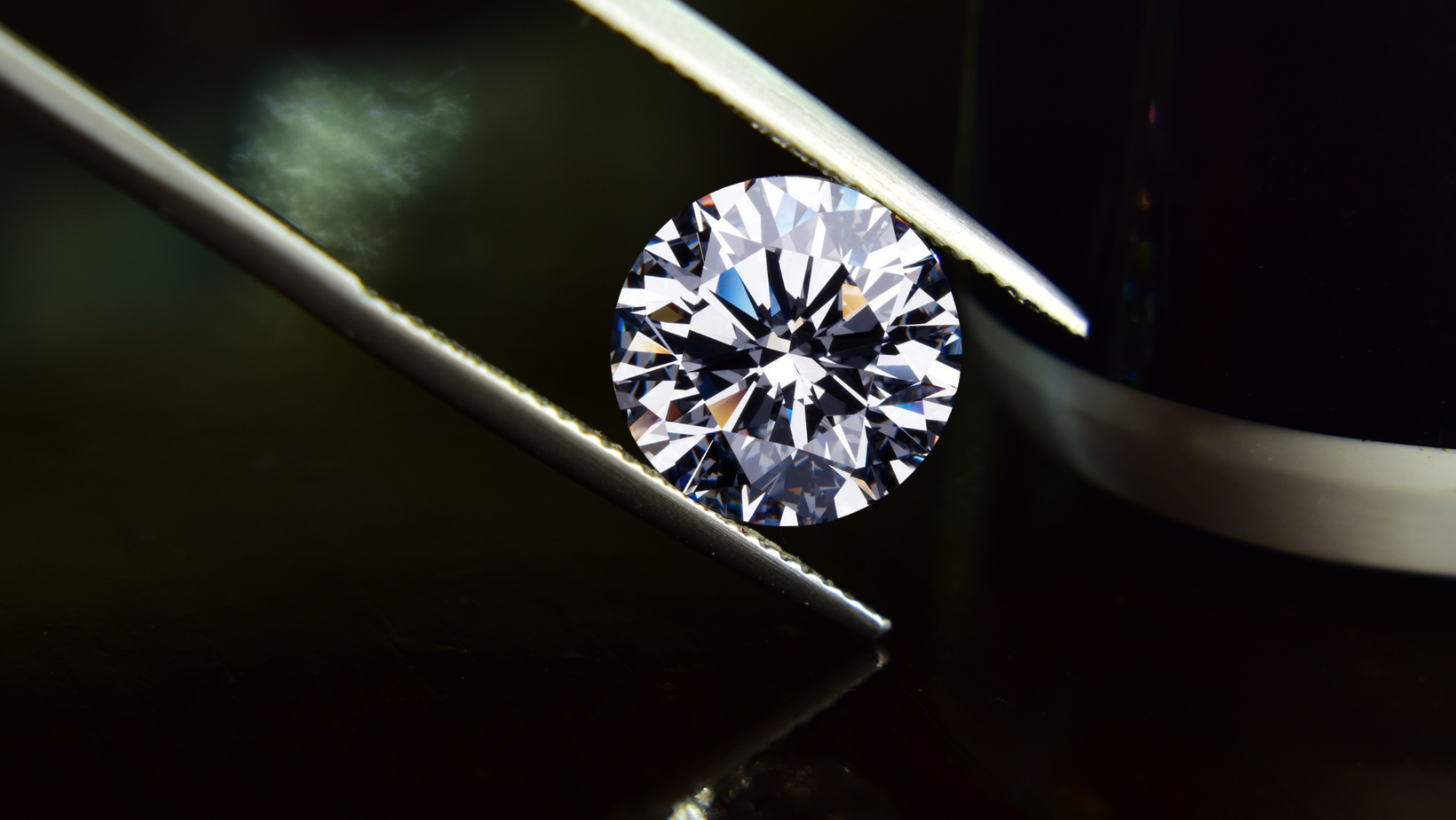Lab-grown diamonds have been a hot topic for quite a few years now–drawing both positive and negative buzz. Shoppers likely find themselves questioning which to purchase: a natural, mined diamond or a lab-grown, synthetic diamond. Here are the key differences to note.
How are Lab-Grown Diamonds Made?
There are two main ways to make lab-grown diamonds. The High-Pressure High-Temperature method involves placing a diamond seed into a highly heated and pressurized mold and then dissolving molten metal onto the mold. The Chemical Vapor Deposition process involves releasing carbon-based gases into a chamber, energizing them, and optimizing the conditions for the growth of the diamond.
Typically, the machines need to run for roughly a week to yield a 1-carat diamond. In the early years of lab-grown diamonds, they were of poor quality. The gems would come out yellow and brown. This was due to nitrogen and nickel contamination.
Manufacturers discovered that adding aluminum or titanium would allow them to produce pure white diamonds. If a blue gemstone is the desired result, simply adding boron gets the right color.
Can Experts Tell the Difference?
According to the GIA–or the Gemological Institute of America, the synthetic diamond manufacturing process of today is quite sophisticated. Companies can even produce fancy, colored diamonds of high clarity.
To add fuel to the fire, some Chinese companies have begun mass-producing synthetic diamonds. They have even managed to create some stones larger than 10 carats when cut.
Regardless, GIA has still concluded that it is possible to differentiate between the two because of odd fluorescence patterns found in all lab-grown diamonds. When inspected by imaging instruments, artificial diamonds display odd patterns. This is not the same case for natural diamonds with equal clarity and color.
To conclude, the inclusions in natural diamonds vs. artificial diamonds have completely different structures and patterns. Additionally, light reflection and refraction are different. It may have gotten more difficult in recent years, but rest assured, the expert eye can spot the difference.
What is the Resale Value of Lab-Grown Diamonds?
Put simply, the resale value of a lab-grown diamond is either exceptionally low or non-existent. Many people hope to sell artificial diamonds, but no one is looking to purchase them. Manufacturers would rather just print a new diamond than buy it back–there is simply nothing rare or distinct about a lab-grown diamond. On the other hand, natural diamonds do retain some value even though it is less than its original retail markup.
You should also keep in mind how the cost of real diamonds vs. artificial diamonds changes over time. While lab-created diamonds drop in price, natural diamonds historically rise in value.
Can You Call a Lab-Grown Diamond a “Real Diamond”?
According to the FTC, using the term “diamond” for a lab-grown diamond is illegal unless you have a specific descriptor clarifying that it is a lab-made diamond.
As of now, if a store wants to sell lab-grown jewelry, they need to declare that it is not a natural diamond.
Sell Your Natural Diamonds with Gold Guys
Through Gold Guys’ diamond auction platform, we give sellers increased bid values from professional buyers, increased exposure, insurance, online tracking, and more to help you get the best deal for your diamond jewelry and diamonds. Your diamonds can be sold through our mail-in service or through an in-person valuation.
In addition to offering a streamlined online diamond auction service, the Gold Guys are dedicated to helping our customers receive maximum value for their gold and other precious metals, including coins, dental work, bullion, sterling silver, and more.
Contact us today to learn more about maximizing the value of your diamonds and precious metals.

